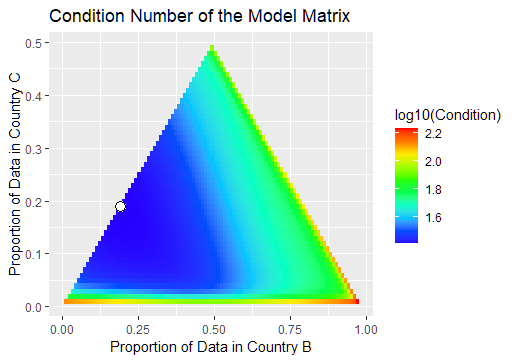I will be grateful for some advice regarding using two highly correlated independent variables in a multivariate regression.
I would like to control for respondents' religion (Muslim, Christian, other) in addition to their country of origin. My problem is that one of the three countries in the sample is predominantly Muslim (over 90% of respondents in this country said they were Muslim). On the other hand, the share of Muslims in the remaining two countries is less than 5%. Consequently, one stands for another.
Question 1 - am I right in thinking that this leads to collinearity?
At the same time, post-estimation tests suggest strong preference for the model with religion and country of origin. Moreover, regressing outcome of interest on each religion as well as on country separately shows that each is highly significant. Importantly, they affect the independent variable in opposite directions - I would expect that coming from a predominantly Muslim country to have the same impact on the outcome of interest as being Muslim as both are tantamount to one another in my dataset, but that is not the case - and the reason I would like to keep both.
Question 2 - given the distribution of religion by country, is keeping both justifiable?

